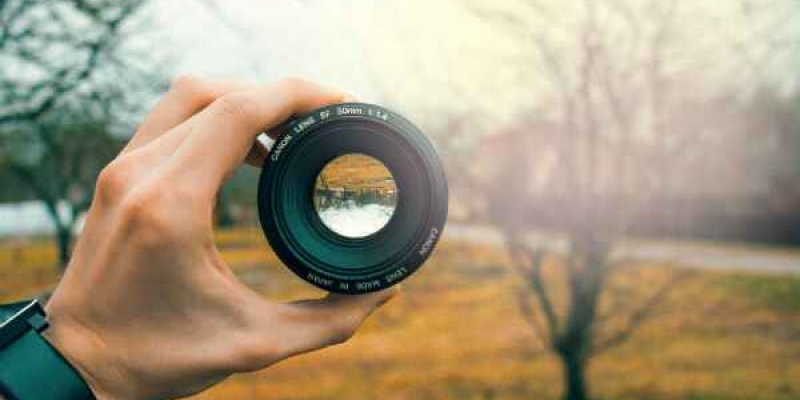Capture the Best of India by Embracing these Time Tested Photography Tips
Photograph is an art and science both. One needs to bring in an eclectic mix of technique and imagination to bring life on paper. Enhance your photography skills by following these valuable tips.
Photograph is an art and science both:
One needs to bring in an eclectic mix of technique and imagination to bring life on paper. Enhance your photography skills by following these valuable tips.
Clicking great pictures is not just a person holding a high-quality DSLR in hand but clicking the capture button, but it is a mix of diverse elements like the subject being captured, the available light, the surroundings, the pose and several others. All these elements work together to translate a scene into a masterpiece that gets acclaimed everywhere.
An experienced photographer makes a smart mix of technique and creativity at a specific time to come up with distinctive images and permit uniqueness to shine through. Below are ten golden rules of photography that are sure to uplift your creative and technical skills in regard to photography. So, let’s start.
1. Gain control of the image-capturing procedure
Hold control of the picture-taking procedure by understanding the technical mess so you can take your camera off the fully automatic or program settings. This step is very important as it can help you know your camera to big extent and the mechanism of capturing a photograph becomes second nature.
2. Never stop practicing
Once you’ve got your hands perfectly on the technical part, you can choose to work efficiently with your camera and see the light; practice. You can photograph a range of subjects around you while traveling in any town or city in the world, including your own.
3. Understand the transformative power of light
The capacity of light to convert a subject or scene from the normal to the astonishing is one of the most influential tools at the photographer’s side. To be able to ‘see’ light and to comprehend how it interprets onto the sensor and how it effects your compositions is the eventual building block in developing great images.
4. Research & plan
Research and planning can help you get to the right place at the ideal time more often than not. The more space you have, the more chances you give yourself to photograph the objects in the best light. Photographers ask for more time in a place than any other camera-toting person – sometimes just a few extra minutes can do the magic.
5. Fix an image-capture routine
Possible images flourish – they will come and go in front of your eyes in a few seconds and are simply missed. A great routine plays a major role in helping you discover awesome subjects and to respond instantly to capture them.
6. Be patience
Only few really impressive photographs are the result of accidental, machine-gun-fire patterns or suddenly being in the right place at the right time. In addition, if you’re out and about you create the opportunity to face fleeting moments. You will not get those ‘blessed’ images from your hotel room or bar stool.
7. Shoot raw files
If you wish to get the most impressive results from your digital camera, capture your images using the raw image file, an option available on next-gen contracts and DSLR cameras. Often termed as a digital negative, it’s the format favored by professional photographers.
8. Use image-editing software
Shooting raw files demands a substantial amount of post-capture computer work and more than an elementary knowledge of image-editing software. Raw files should be processed or transformed before they can be opened in photo-editing programs. Cameras with raw file capture are sold with exclusive software for that job. Otherwise, you can use a third-party specialist raw-conversion program or most usually one that is given in your image-editing software.
9. Pay for the image when you find it logical
At some great places, you may be asked to pay a certain amount for capturing a photograph. This kind of concept may seem inappropriate to many. The simplest way to deal with such a situation is to determine the worth of the image you’re supposed to capture and the amount you’re supposed to pay for the same. This will help you take your decision easily.
10. Evaluate your photographs empirically
With you capturing large numbers of photos, it is necessary that there is someone who can evaluate your photos and give genuine feedback. This step is necessary if you want to develop a habit of capturing true images. Spare some time for this job and review your own work in a fairly manner.











